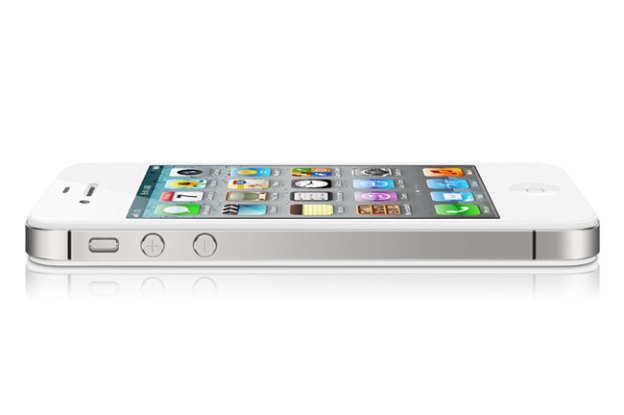
Apple’s iPhone 4S may be hot here in the US, but it’s not doing so well in Europe, reports Reuters. According to market research firm Kantar Worldpanel ComTech, Apple has lost market share in much of continental Europe, where customers are choosing to save their Euros for a different device.
“In Great Britain, the U.S. and Australia, Apple’s new iPhone continues to fly off the shelf in the run-up to Christmas. However, this trend is far from universal,” said Dominic Sunnebo, global consumer insight director for Kantar.
Currently, Apple owns a 36 percent market share here in the US, an 11 point jump from the same time last year. The Cupertino, California-based electronics giant saw a similar jump in the UK, with a year-on-year rise in popularity from 21 percent in 2010 to 31 percent now. In France, however, Apple’s iPhone has dropped from 29 percent last year, to 20 percent. And in Germany, Spain and Italy, Apple lost about 5 percent in each market.
Much of this dwindling is thanks to the struggling economies of these countries, in which people are opting for less expensive devices. This economic environment has helped devices running Google’s Android operating system maintain a market share of between 46 and 61 percent across continental Europe. Sunnebo says the Samsung Galaxy S II is currently Germany’s top-selling handset.
Market research firm NPD recently announced that Android and iOS together own 82 percent of the US smartphone market. According to NPD’s count, Android accounts for 53 percent, while iOS holds 29 percent of the market. All other operating systems combined only account for 18 percent of the US smartphone market.
Editors' Recommendations
- Best refurbished iPhone deals: Get an iPhone 14 for $513
- An Apple insider just revealed how iOS 18’s AI features will work
- 5 phones you should buy instead of the iPhone 15
- iPhone 16: news, rumored price, release date, and more
- Why you should buy the iPhone 15 Pro instead of the iPhone 15 Pro Max


